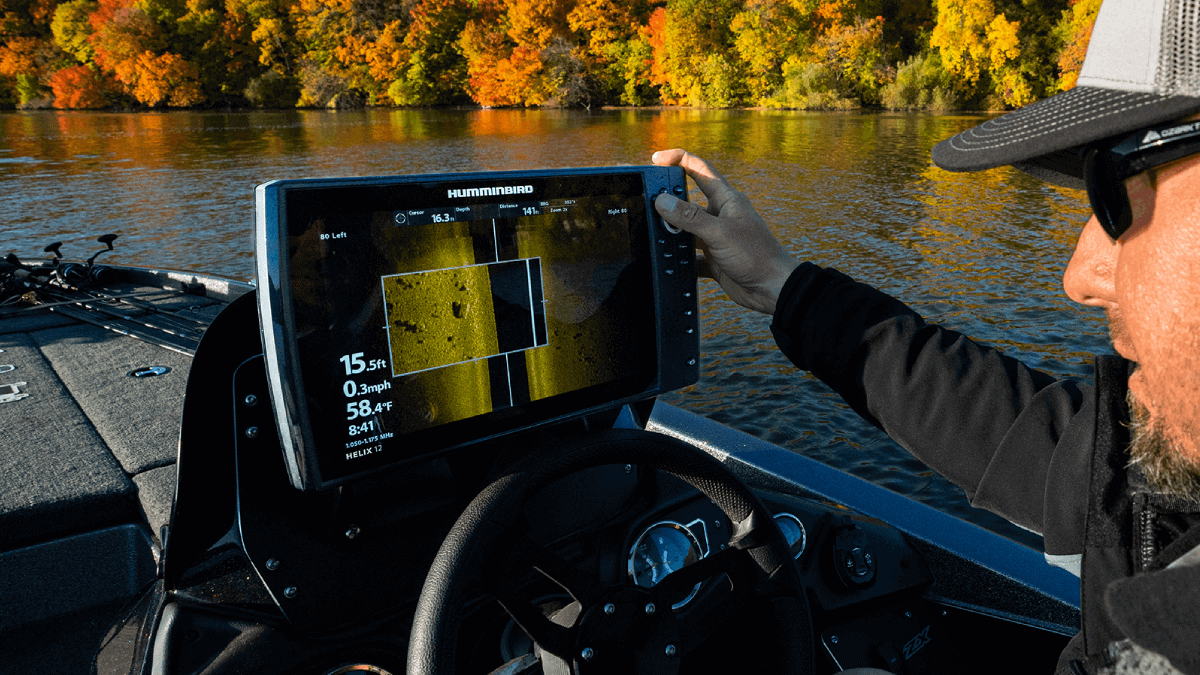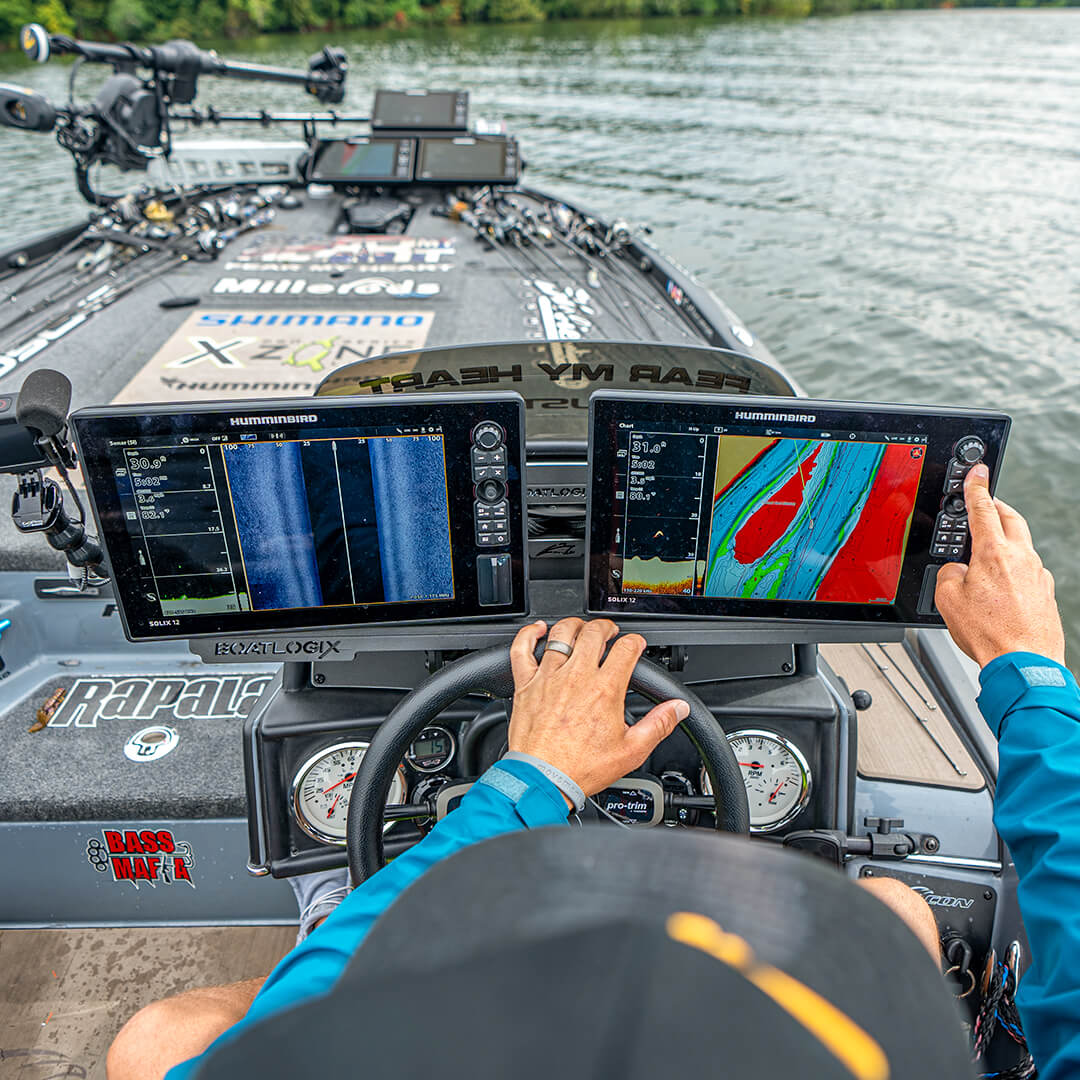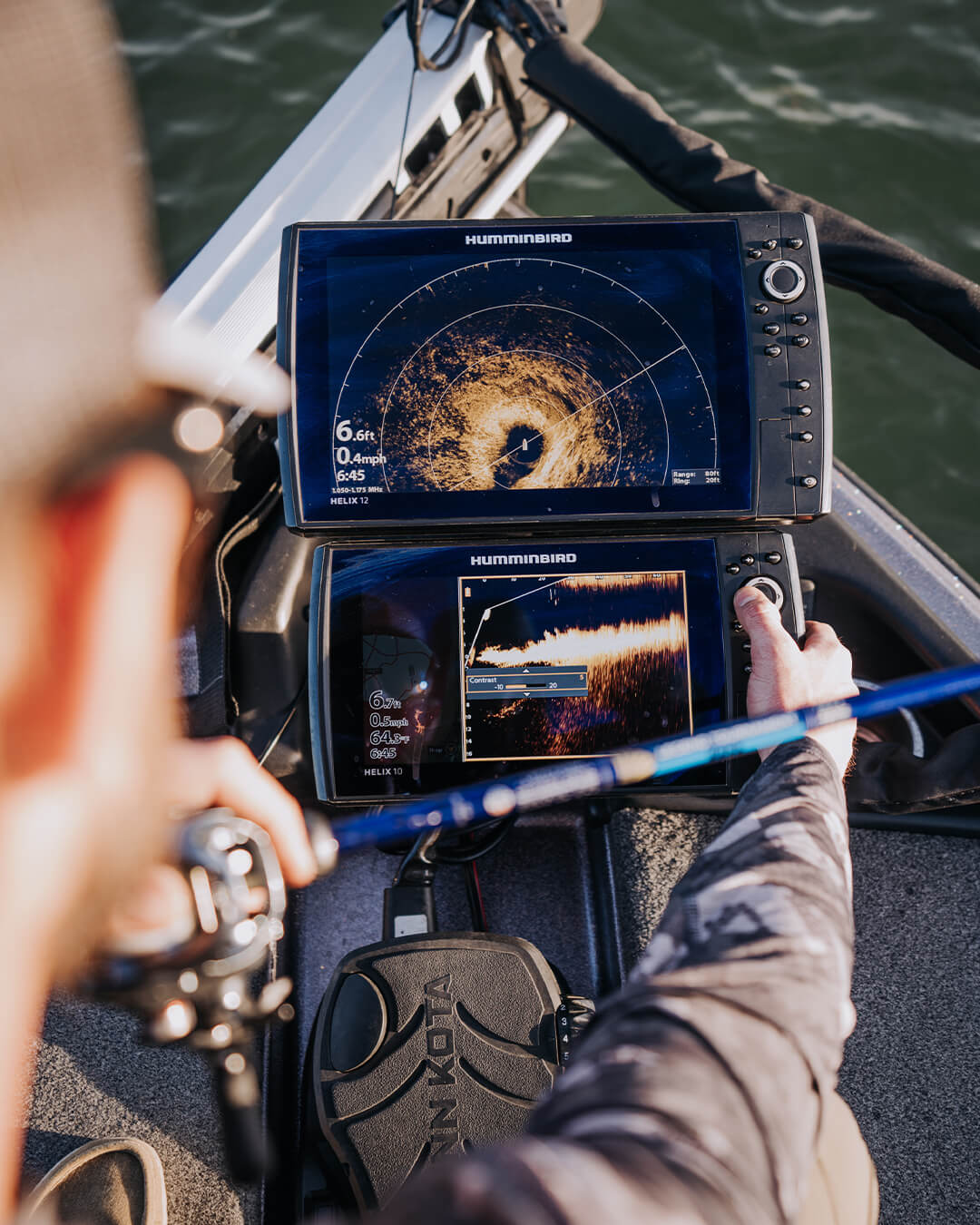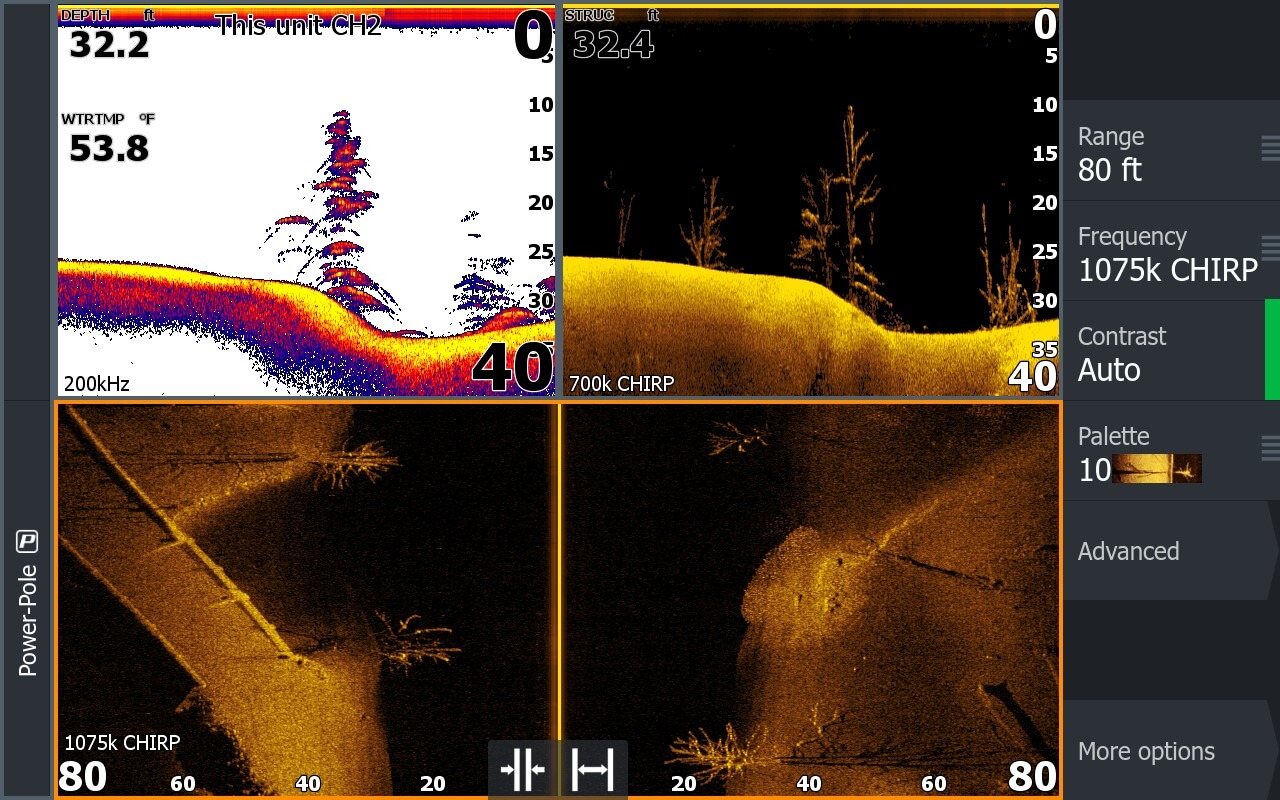
When it comes to sailing, fishing or simply exploring the underwater depths to find the best spot, a fishfinder is an essential tool for all sea enthusiasts. This electronic equipment provides a precise image of the seabed and detects fish by emitting waves. In this article, we'll look at why you should use a fishfinder and how to get the most out of it.
The undeniable advantages of a fishfinder

The fish finder, also known as an echo sounder, is an instrument that offers many advantages to fishermen, whether you are a beginner or an experienced angler. In particular, it can
- Improve navigational safety: knowing the depth of the water you're in is essential to avoid the risk of hitting the bottom or running into obstacles. This aspect may not come to the mind of novice anglers, but if you're a keen boat sailor, then it's no surprise.
- Locate fish: the fishfinder processes the information sent by the waves to identify the presence of schools of fish or isolated predators, and thus determine their precise position. This makes it the ideal companion for fishing enthusiasts of all experience levels.
- Study the seabed: this electronic tool gives a detailed image of the underwater relief, which is very useful for understanding the characteristics of the marine environment. The new technologies offered by major fishing brands such as Garmin, Humminbird and Lowrance are increasingly impressive. You'll be able to make out the seabed in minute detail, with its vegetation, rocks, crevices and so on. It's one of the best ways of finding new, unsuspected spots.
Choosing the right fishfinder: essential criteria

There are different categories of echo sounder, each adapted to specific needs. To choose the right echo sounder, you need to consider a number of factors:
Power and frequency
The more powerful an echo sounder is, the more it will be able to emit waves capable of penetrating the depths. Power is measured in Watts (W) and generally varies between 100 and 3000 W depending on the model.
The frequency determines the quality of the image obtained. The higher the frequency, the more precise and detailed the image, even if this reduces the range of the waves. Common frequencies are between 50 and 200 kHz.
Your choice will also depend on your budget. The best technologies are, of course, the most expensive, although the major brands are increasingly offering entry-level models that are largely satisfactory for most applications.
Type of display
Fishfinders come with different types of display: black and white or colour, with variable screen sizes. Colour models generally offer better readability, especially in bright sunlight.
It's also important to choose a screen that's adapted to the size of your boat, to avoid reading difficulties when sailing. Especially if you're a float tube angler, we recommend you read our article"Which fishfinder for a float tube?", so you'll have all the information you need to choose the most suitable model.
Additional functions
Some fishfinders include additional functions, such as GPS, a chart reader or wireless communication. Depending on your needs and budget, these options can be very useful for getting the most out of your equipment. You'll find this information on each of our product sheets.
Using a fishfinder: the key stages

Once you've chosen your echo sounder and installed it on your boat, you'll need to use it to its full potential. Here's some advice on how to get the most out of your echo sounder:
Configuring the equipment
Before you start, it's essential to configure your echo sounder correctly to suit your needs and the specific characteristics of your marine environment. This includes selecting the wave emission frequency, defining the depth scale and choosing the sensitivity level.
Interpreting the data
The echoes returned by the waves enable the sounder to display an image of the seabed represented by coloured areas. Learning to decipher this information is essential if you are to get the most out of your equipment. For example, darker areas generally indicate higher density (rocks, debris) while lighter areas indicate lower density (sand, mud).
Similarly, fish are often represented in the form of arches or dots, whose size and colour give an indication of their nature and position.
Don't hesitate to refer to the tutorial videos provided by the brand of your fishfinder, or to the information supplied with the box. We are currently preparing a series of videos to help you understand all these specific features.
Adapting your navigation
As you move through the water, the sounder updates the information displayed in real time. So it's important to keep an eye on the screen to adapt your navigation to any obstacles or schools of fish you spot. Don't hesitate to change the settings on your echo sounder en route to refine the data collected.
All in all, an echo sounder is a valuable tool that offers many advantages to marine enthusiasts, whether you're looking to navigate in complete safety, locate fish or study the seabed. Choosing the right model and using it optimally are essential if you are to make the most of its performance.
